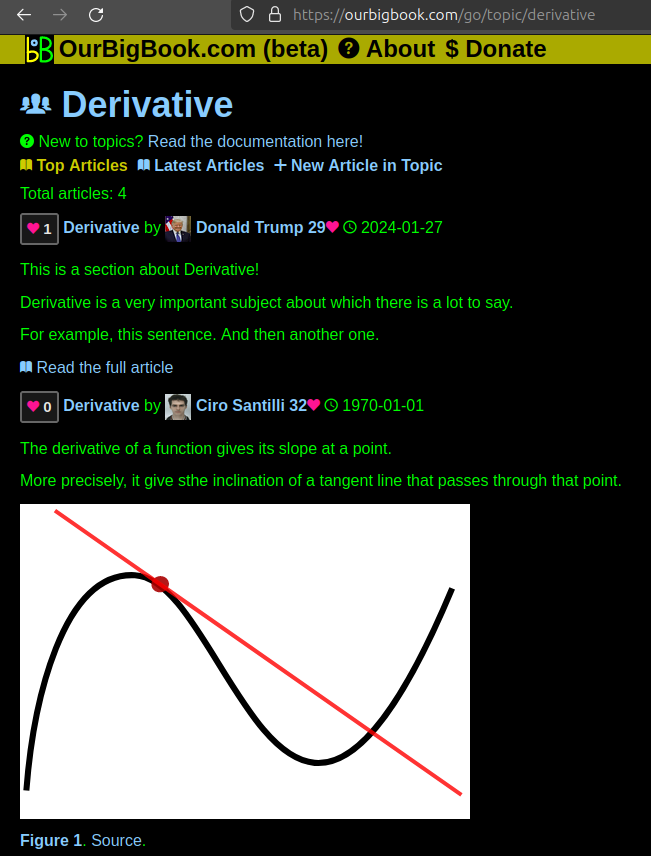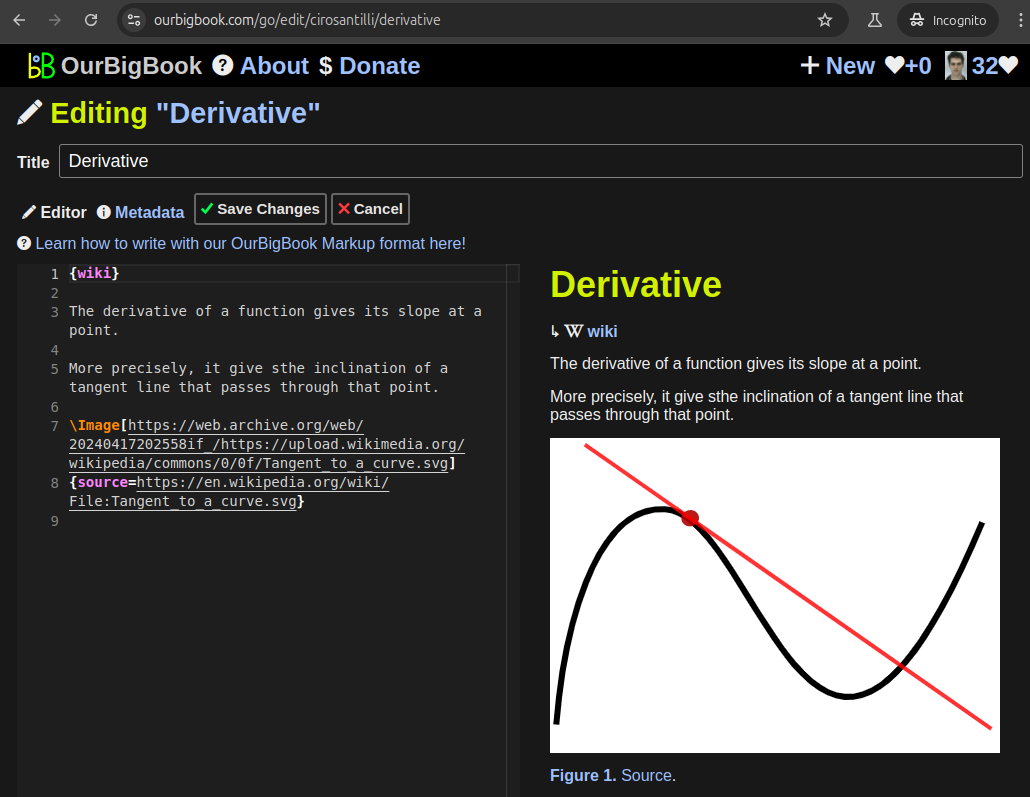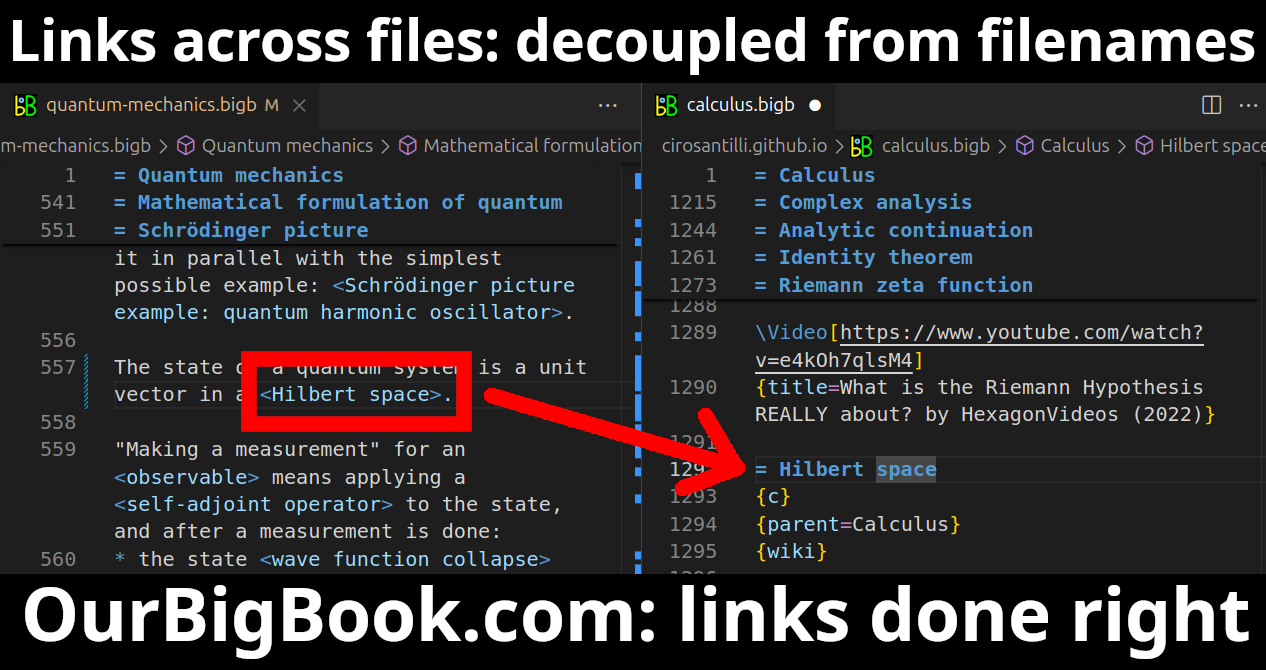Henrik Svensmark is a Danish physicist known for his research on the relationship between cosmic rays and climate change. He is particularly recognized for his work on the Svensmark hypothesis, which suggests that fluctuations in cosmic ray intensity can affect cloud formation on Earth and subsequently influence global climate. According to this theory, increased cosmic rays lead to higher cloud cover, which can cool the Earth's surface, while a decrease in cosmic rays results in less cloud cover and a warming effect.
Peter Thejll is a climate scientist known for his research in the fields of climate change and atmospheric science. He has contributed to the understanding of climate variability and the impacts of human activities on the climate system. Thejll has been involved in various scientific studies and has published papers on topics related to climate modeling, ocean-atmosphere interactions, and the role of natural factors in climate change.
Set partitioning in hierarchical trees refers to a method of organizing data into a hierarchical structure where elements are grouped into subsets based on certain criteria. This approach is commonly used in various fields like computer science, data mining, and organizational studies to manage and analyze complex data structures. Here’s an overview of the concept: ### Key Concepts: 1. **Hierarchical Tree Structure**: - A hierarchical tree is a data structure consisting of nodes arranged in a parent-child relationship.
Error Level Analysis (ELA) is a technique used in digital forensics and image analysis for detecting alterations in digital images. The basic premise behind ELA is that when an image is manipulated or edited, the compression levels of the modified areas may differ from the original areas. This is particularly relevant for images that are saved in lossy formats like JPEG. ### How ELA Works: 1. **Image Compression**: Digital images are often compressed to reduce file size.
Arithmetic coding is a form of entropy encoding used in lossless data compression. Unlike traditional methods like Huffman coding, which assigns fixed-length codes to symbols based on their frequencies, arithmetic coding represents a whole message as a single number between 0 and 1. Here’s how it works: 1. **Symbol Probabilities**: Each symbol in the input is assigned a probability based on its frequency in the dataset.
Average bitrate refers to the amount of data transferred per unit of time in a digital media file, commonly expressed in kilobits per second (kbps) or megabits per second (Mbps). It represents the average rate at which bits are processed or transmitted and is an important factor in determining both the quality and size of audio and video files.
BREACH (Browser Reconnaissance and Exfiltration via Adaptive Compression of Hypertext) is a security vulnerability that affects web applications. It specifically targets the way data is compressed before being sent over networks, which can inadvertently reveal sensitive information. Here's how it works: 1. **Compression Mechanism**: Many web applications compress HTTP responses to reduce the amount of data transmitted. This is often done using algorithms like DEFLATE.
Bitrate peeling is a technique used in video streaming and transmission that focuses on delivering video content at varying quality levels based on the viewer's available bandwidth. The fundamental idea behind bitrate peeling is to allow adaptive streaming, where the bitrate of the video stream can be adjusted dynamically to match the current network conditions of the user. The key features of bitrate peeling include: 1. **Adaptive Streaming**: It allows for smooth playback by adjusting the video quality in real time.
A compressed data structure is a data representation that uses techniques to reduce the amount of memory required to store and manipulate data while still allowing efficient access and operations on it. The primary goal of compressed data structures is to save space and potentially improve performance in data retrieval compared to their uncompressed counterparts. ### Characteristics of Compressed Data Structures: 1. **Space Efficiency**: They utilize various algorithms and techniques to minimize the amount of memory required for storage. This is particularly beneficial when dealing with large datasets.
Curve-fitting compaction typically refers to a method used in data analysis and modeling, particularly in contexts such as engineering, geotechnical analysis, or materials science. It involves the use of mathematical curves to represent and analyze the relationship between different variables, often to understand the behavior of materials under various conditions. In the context of compaction, particularly in soil mechanics or materials science, curve fitting could be applied to represent how a material's density varies with moisture content, compaction energy, or other parameters.
Delta encoding is a data compression technique that stores data as the difference (the "delta") between sequential data rather than storing the complete data set. This method is particularly effective in scenarios where data changes incrementally over time, as it can significantly reduce the amount of storage space needed by only recording changes instead of the entire dataset.
FELICS stands for "Federated Electronics Learning and Instructional Control System." It is a framework designed to facilitate and enhance the learning and instructional processes through technology. FELICS typically aims to integrate various electronic systems and tools to support educational objectives, improve the delivery of learning materials, and enable better communication between educators and learners.
Microsoft Point-to-Point Compression (MPPC) is a data compression protocol that is used primarily in Point-to-Point Protocol (PPP) connections. Introduced by Microsoft, MPPC is designed to reduce the amount of data that needs to be transmitted over a network by compressing data before it is sent over the connection. This can enhance the efficiency of the data transfer, leading to faster transmission times and reduced bandwidth usage, which can be particularly beneficial in scenarios such as dial-up connections.
The Move-to-Front (MTF) transform is a simple but effective data structure and algorithmic technique used primarily in various applications of data compression and information retrieval. The main idea behind the MTF transform is to reorder elements in a list based on their recent usage, which can improve efficiency in contexts where certain elements are accessed more frequently than others. ### How it Works: 1. **Initialization**: Start with an initial list of elements.
Prediction by Partial Matching (PPM) is a statistical method used primarily in the field of data compression and modeling sequences. It is a type of predictive coding that utilizes the context of previously seen data to predict future symbols in a sequence. ### Key Features of PPM: 1. **Contextual Prediction**: PPM works by maintaining a history of the symbols that have been observed in a data stream.
Range coding is a form of entropy coding used in data compression, similar in purpose to arithmetic coding. It encodes a range of values based on the probabilities of the input symbols to create a more efficient representation of the data. The basic idea is to represent a sequence of symbols as a single number that falls within a specific range. ### How Range Coding Works: 1. **Probability Model**: Range coding relies on a probability model that assigns a probability to each symbol in the input data.
SDCH stands for "Shared Data Compression Header." It is a technology related to data compression and web communication, specifically developed for use with HTTP. The SDCH format allows web browsers and servers to negotiate and share compressed data more efficiently, helping to reduce the size of transmitted data and improve loading times for web pages. SDCH works by enabling the server to send a secondary header that informs the client about how to decode the compressed data.
Set redundancy compression refers to techniques used to reduce the size of data sets by eliminating redundancy within the data. This method aims to store the same information more efficiently, thereby minimizing the storage space required and improving the speed of data retrieval. ### Key Concepts of Set Redundancy Compression: 1. **Redundant Data:** In many datasets, particularly those containing large volumes of repeated elements or values, redundancy can occur.
Twin Vector Quantization (TVQ) is a technique used in the field of signal processing and data compression. It is a type of vector quantization that operates on pairs or groups of data points rather than individual data points, which can improve the efficiency and effectiveness of the quantization process.
The Hi/Lo algorithm, often found in the context of card games or betting games, is a simple method used to gauge whether a player's guess about a card's value is higher or lower than the actual value of a hidden card. Here's a basic overview of how the Hi/Lo algorithm typically works: 1. **Setup**: A deck of cards (or a similar random value generator) is used. The actual card or value to be guessed is hidden from the player.
Pinned article: Introduction to the OurBigBook Project
Welcome to the OurBigBook Project! Our goal is to create the perfect publishing platform for STEM subjects, and get university-level students to write the best free STEM tutorials ever.
Everyone is welcome to create an account and play with the site: ourbigbook.com/go/register. We belive that students themselves can write amazing tutorials, but teachers are welcome too. You can write about anything you want, it doesn't have to be STEM or even educational. Silly test content is very welcome and you won't be penalized in any way. Just keep it legal!
Intro to OurBigBook
. Source. We have two killer features:
- topics: topics group articles by different users with the same title, e.g. here is the topic for the "Fundamental Theorem of Calculus" ourbigbook.com/go/topic/fundamental-theorem-of-calculusArticles of different users are sorted by upvote within each article page. This feature is a bit like:
- a Wikipedia where each user can have their own version of each article
- a Q&A website like Stack Overflow, where multiple people can give their views on a given topic, and the best ones are sorted by upvote. Except you don't need to wait for someone to ask first, and any topic goes, no matter how narrow or broad
This feature makes it possible for readers to find better explanations of any topic created by other writers. And it allows writers to create an explanation in a place that readers might actually find it.Figure 1. Screenshot of the "Derivative" topic page. View it live at: ourbigbook.com/go/topic/derivativeVideo 2. OurBigBook Web topics demo. Source. - local editing: you can store all your personal knowledge base content locally in a plaintext markup format that can be edited locally and published either:This way you can be sure that even if OurBigBook.com were to go down one day (which we have no plans to do as it is quite cheap to host!), your content will still be perfectly readable as a static site.
- to OurBigBook.com to get awesome multi-user features like topics and likes
- as HTML files to a static website, which you can host yourself for free on many external providers like GitHub Pages, and remain in full control
Figure 3. Visual Studio Code extension installation.Figure 4. Visual Studio Code extension tree navigation.Figure 5. Web editor. You can also edit articles on the Web editor without installing anything locally.Video 3. Edit locally and publish demo. Source. This shows editing OurBigBook Markup and publishing it using the Visual Studio Code extension.Video 4. OurBigBook Visual Studio Code extension editing and navigation demo. Source. - Infinitely deep tables of contents:
All our software is open source and hosted at: github.com/ourbigbook/ourbigbook
Further documentation can be found at: docs.ourbigbook.com
Feel free to reach our to us for any help or suggestions: docs.ourbigbook.com/#contact






